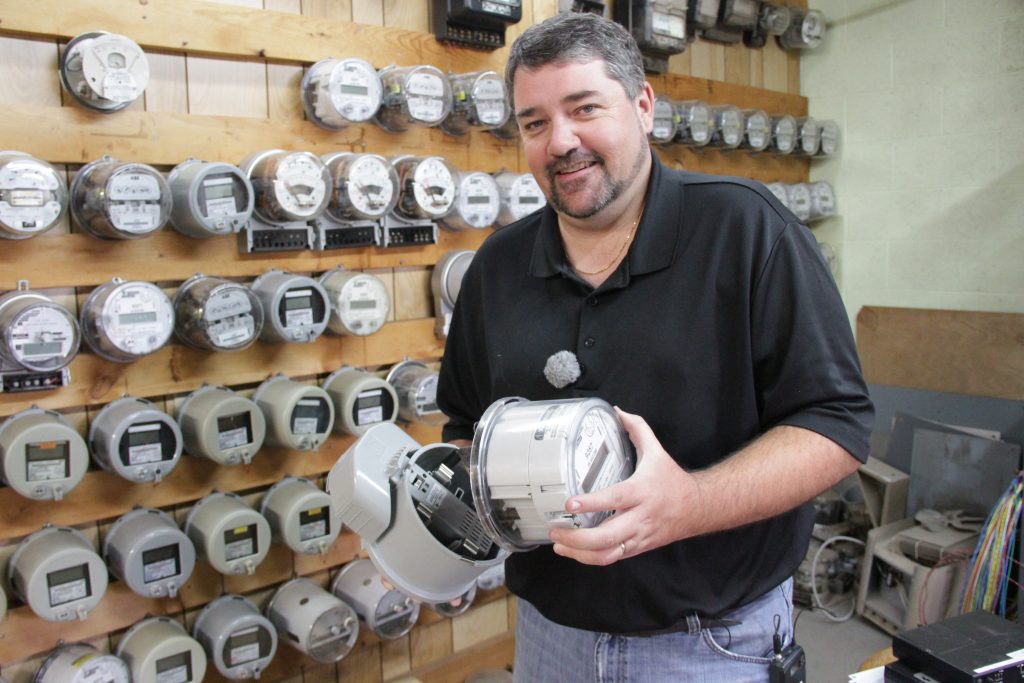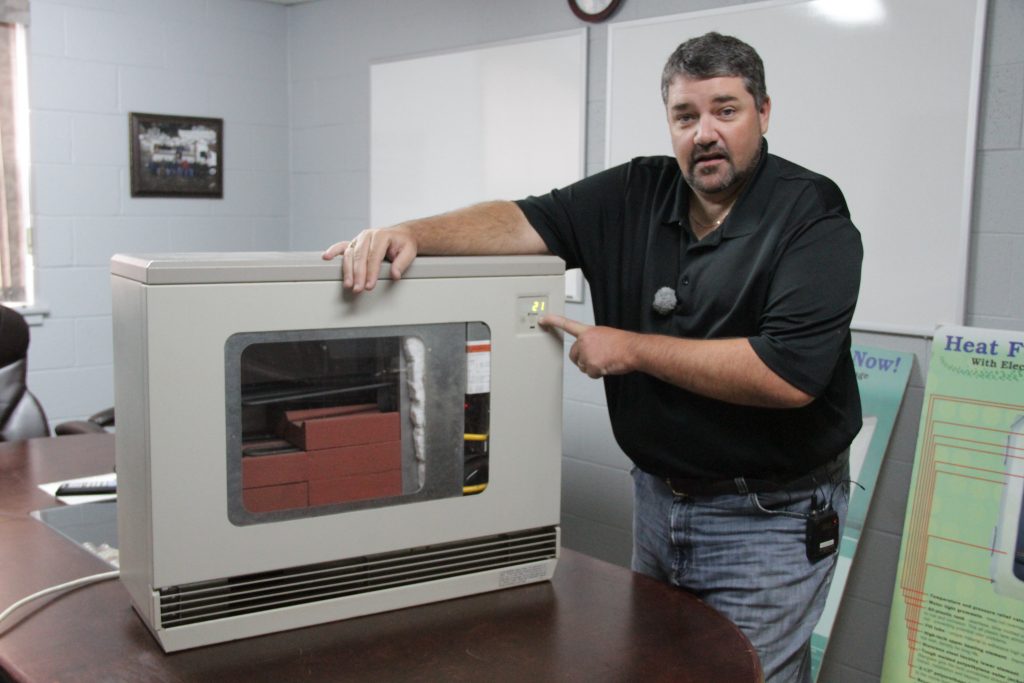By David Dodge and Scott Rollans
A couple of years ago, we told you about Summerside, a small PEI city making the shift from expensive diesel-generated electricity to wind power. Now, Summerside is taking green energy even farther. They’re adding solar, and leveraging innovative software and cutting-edge artificial intelligence to create Canada’s most advanced municipal smart grid.
Devashish Paul is CEO of BluWave-ai, an Ottawa-based artificial intelligence company. Before that, he worked for Silicon Valley’s Integrated Device Technology, where he worked on bringing AI to 3G and 4G networks. Doing this work got Devanish thinking about other industries that could be transformed by AI.
Complex grids perfect candidates for artificial intelligence
Renewable energy seemed a perfect fit. With billions in investment every year, the grid is constantly becoming more complex. In the past, the grid relied on a few huge, centralized power plants. These days, thousands of new wind, solar, battery, and other energy installations have to be efficiently integrated on the fly.
Conventional software can’t adequately keep up, Paul says, but he says artificial intelligence can pick up the slack. “The idea behind AI is, initially, you have a static set of programming, and then based on data that you’re exposed to you can come up with more optimal decisions on what to do next in the grid.”
It’s all part of a major energy transition that’s happening: “Increasingly we want to be part of replacing the energy that comes from fossil fuels to renewable energy,” says Paul.
BluWave-AI has landed a partnership with Summerside to pilot its AI software. “Summerside has been pushing the envelope in terms of smart grid technologies,” Paul says. “They have a wind farm, they have solar, they have storage and they have ways to shave and manage loads. They’ve got diesel generation. And so, they have a full smart grid network of generation and local distribution and load inside their utility.”

Summerside has one of the most advanced smart grids in Canada, the perfect place in the world to pilot BluWave AI’s software. Pictured is Greg Gaudet, director of municipal services for the City of Summerside with smart meters. Photo David Dodge, GreenEnergyFutures.ca
Leading-edge city taking another big step
Summerside already generates 46 per cent of its electricity from wind power—one of the highest integration rates in North America. These days, they’re taking things even farther, adding solar and energy storage to their smart grid.
Since our 2016 story, Summerside has added 336 kW of solar on its arena, along with a 250 kW inverter and an 890 kWh battery. Based on that success, the city is planning a second phase of solar—adding 16 MW solar, 10 MW inverter, and 20 mWh of battery solar.
Summerside believes AI will help squeeze the most energy out of their expanding grid. The city has provided BluWave-ai with three years’ worth of data and is running scenarios with the company before bringing the software online. “We’re a small utility, and we are fairly nimble—which is an advantage,” explains Gerald Giroux, Summerside’s city electrical engineer.

Greg Gaudet of Summerside Utility with heat-storing furnaces–Summerside converts excess wind energy into heat which can be stored for up to three days thereby displacing fuel oil and increasing their utilization of wind power. This helps the city get an amazing 46% of its electricity from the wind. BluWave AI believes Summerside is the perfect smart grid to pilot their AI software. Photo David Dodge, GreenEnergyFutures.ca
Summerside represents a living lab for AI
For BluWave-ai, the city represents a matchless opportunity to demonstrate the power of its AI in a real-world environment. “We’re actually quite fortunate to have it here in Canada,” Paul marvels. “It’s essentially a living lab for the ultimate smart grid.”
Paul says the emerging distributed electricity grids are the perfect candidate for artificial intelligence.
It’s a transition he’s witnessed in business. In 2008 the top companies in the world in terms of market capitalization were “Exxon, Chevron and G.E.”
But in 10 short years, “Today the top four are Apple, Amazon, Microsoft, and Alphabet and their market caps are between 800 billion to one trillion dollars.”
He sees the grid evolving as dramatically over the next few decades and his company BluWave AI plans to be part of it.
BluWave has another pilot project with Hydro Ottawa and the company is about to announce a “big collaboration with an Indian utility,” and “They added more renewable energy last year than all other energy sources combined,” says Paul.
Paul believes BlueWave-ai’s AI software can help Summerside increase its grid efficiency by up to 20 per cent. That result could potentially unlock vast new opportunities throughout North America and beyond. “We think that the rough market size for this software alone is about 2.5 billion dollars in the next few years.”



